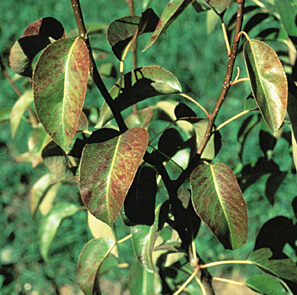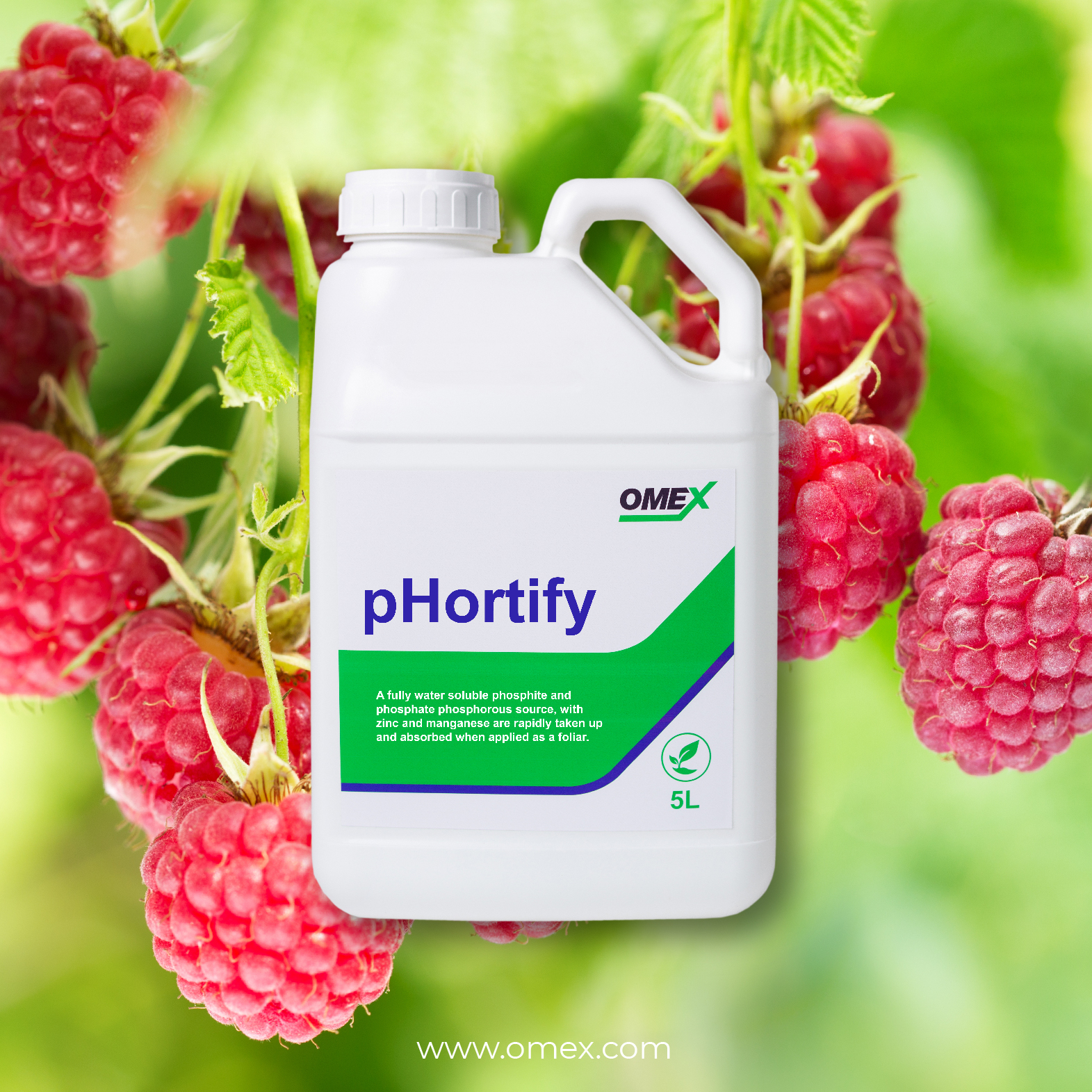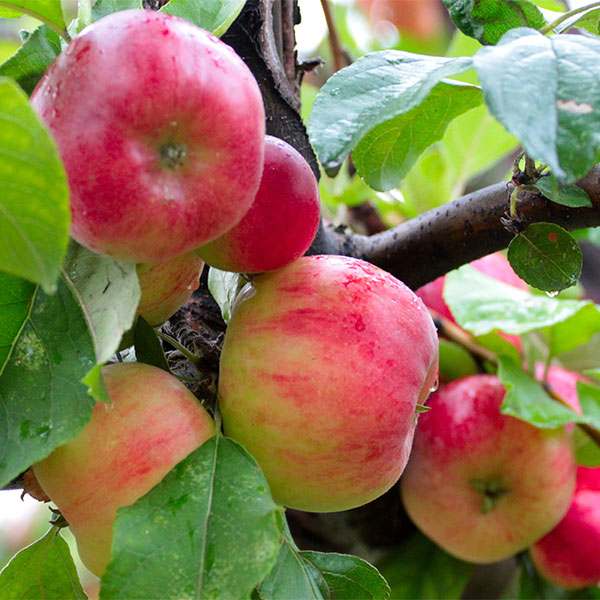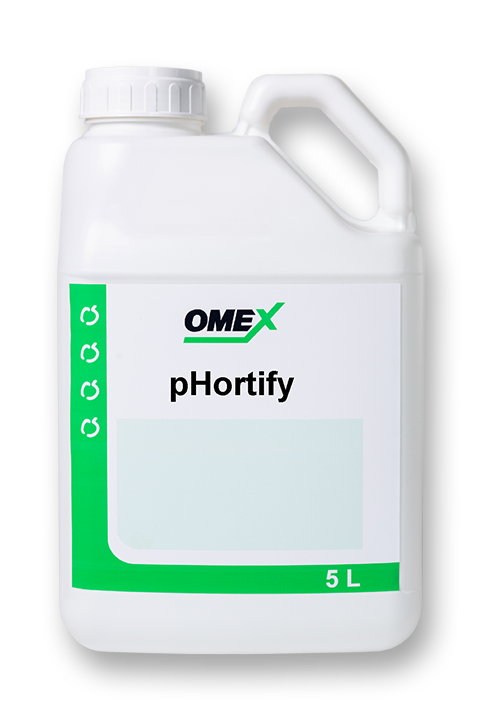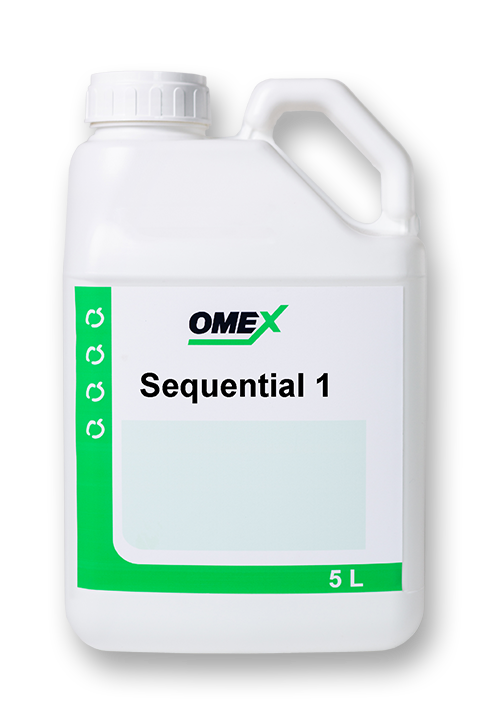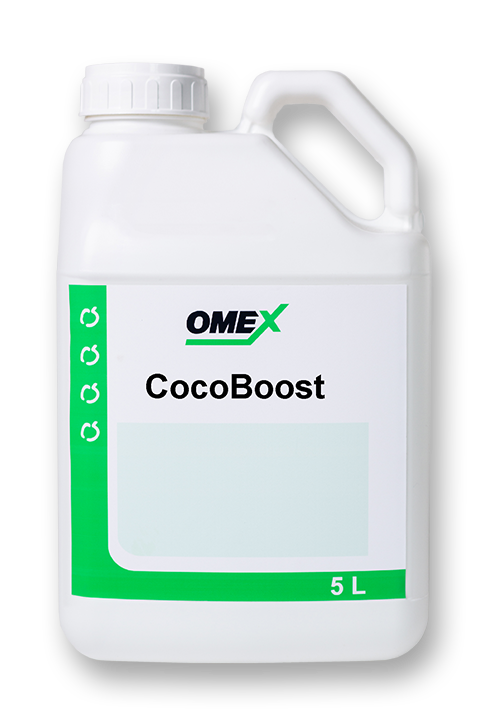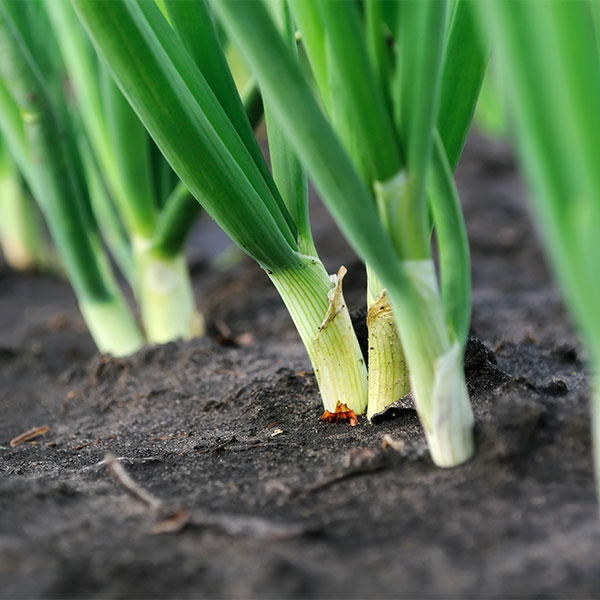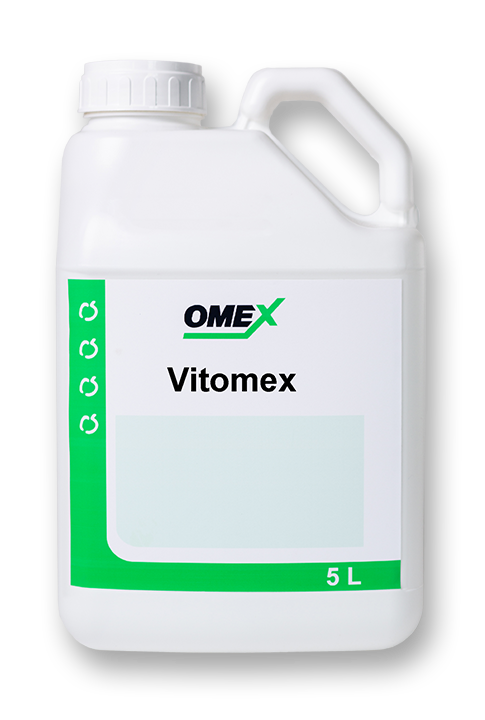Phosphorous nutrient deficiency in plants
Form
Taken up as both Phosphate, HPO4- and Phosphite, H2PO3- Phosphorous is essential for energy transfer, cell division and the development of root and shoot systems.
Function
Phosphorous promotes root activity, affecting the uptake of nutrients and water, the formation of sugars and the development of both flowers and fruit. In addition, Phosphorous plays a central role in maintaining plant health and in stimulating the activity of beneficial microbes in the root zone. Phosphorous nutrient deficiency can result in slow growth rates, poor fruit set and low Brix levels.
Symptoms
Phosphorous nutrient deficiency is typically seen in younger stem and leaf tissue as a distinct purple or bronze chlorosis. Plants tend to be slow growing, stunted, with poor root mass, flower set and fruit development.
Significance
Phosphorous stress affects the early stages of development, during which the plant is setting genetic yield potential. In addition, tolerance to biotic/abiotic factors will be poor, increasing risk of drought/heat stress and reducing disease resistance mechanisms. Phosphorous nutrient deficiency is often worse in alkaline soils and P-fixing soils rich in Calcium, Magnesium, Iron or Aluminium.
Actions
Check soil status and correct if necessary. Place and protect phosphorus fertilizers. Foliar fertilizer treatment at the on-set of active growth can be very effective. Routine foliar Phosphite can have a major impact on promoting plant health.
If you require any further information about deficiency problems or any of our products please get in touch ????


